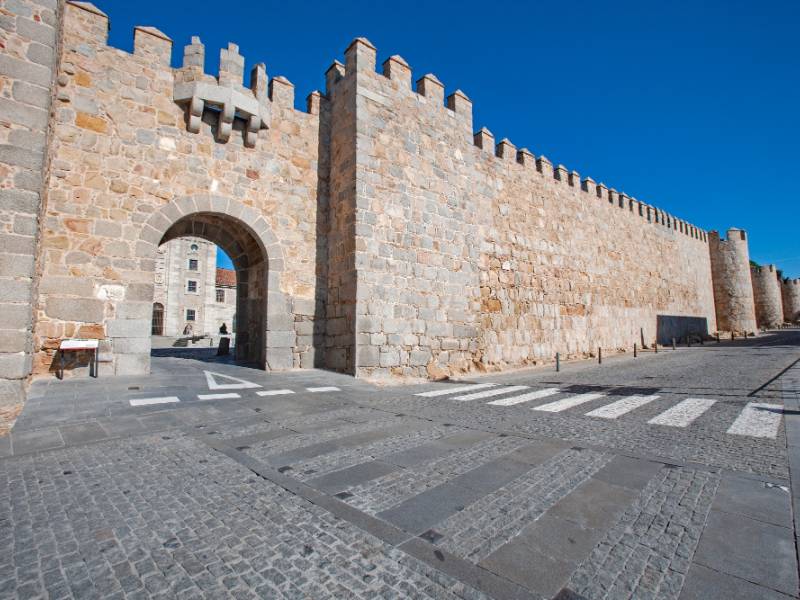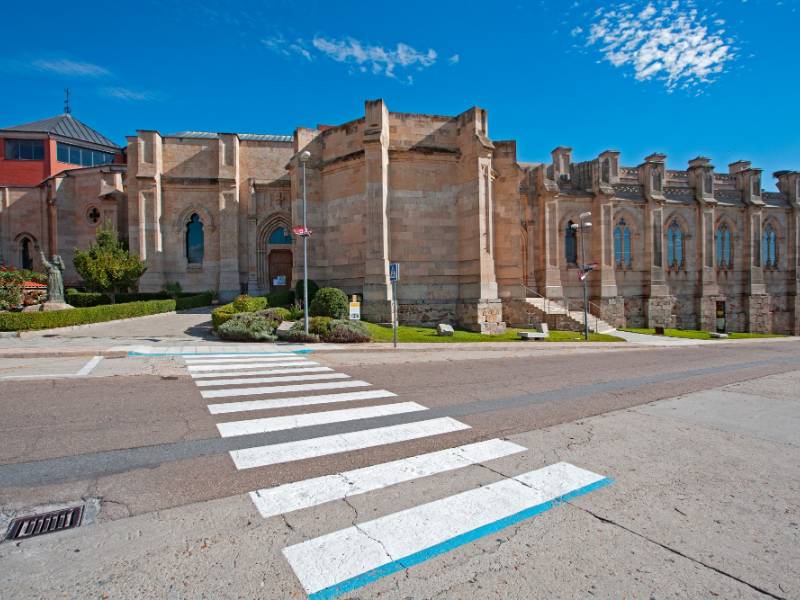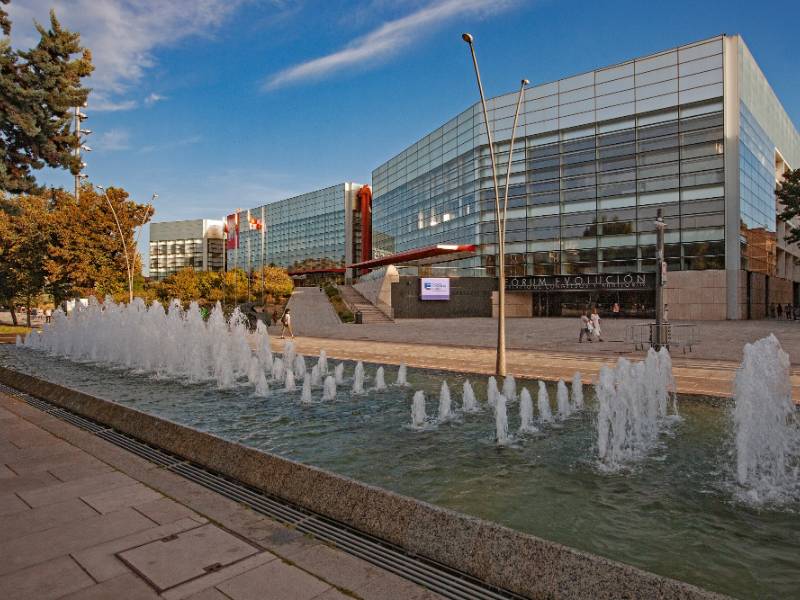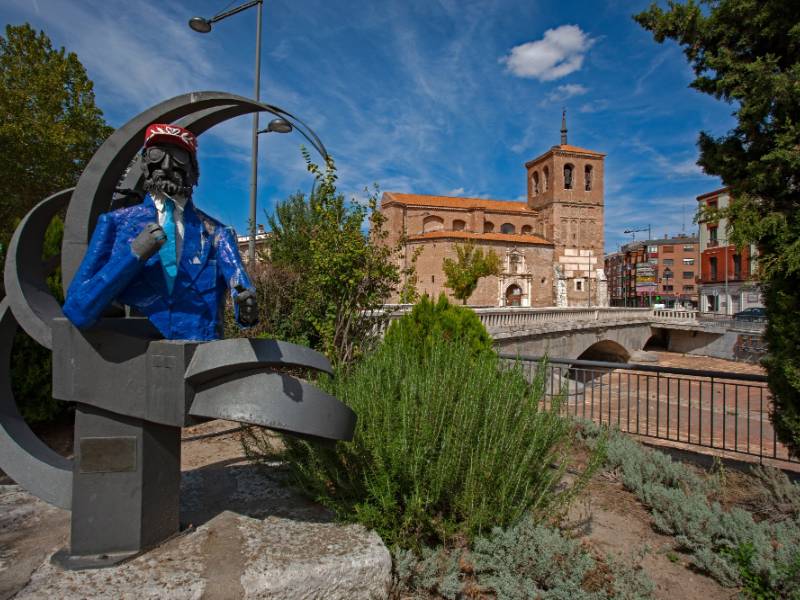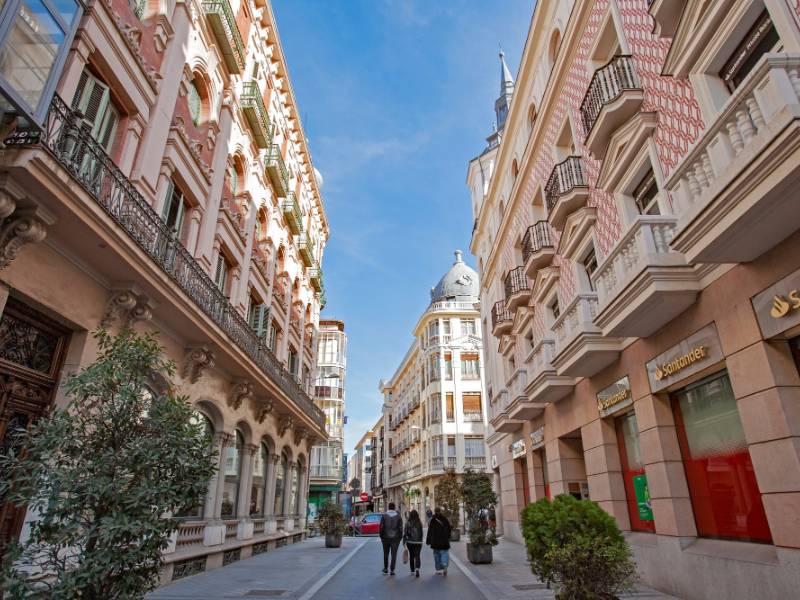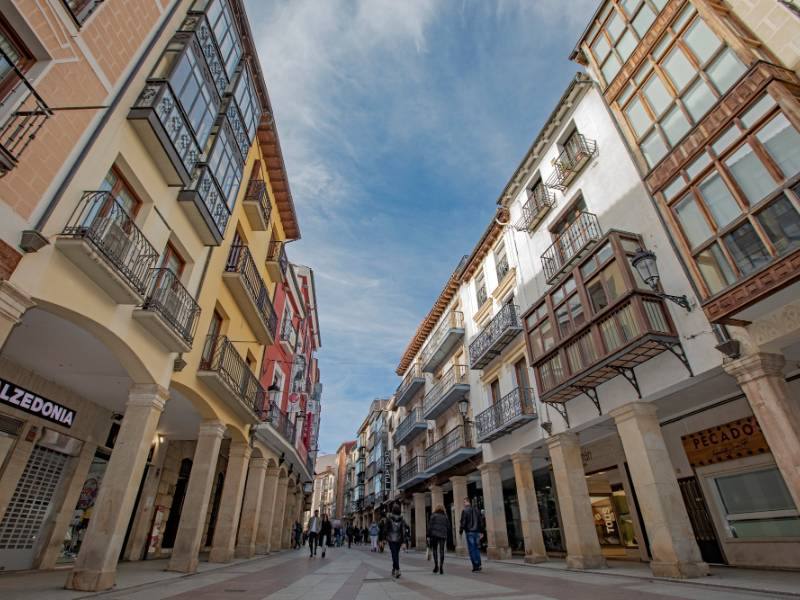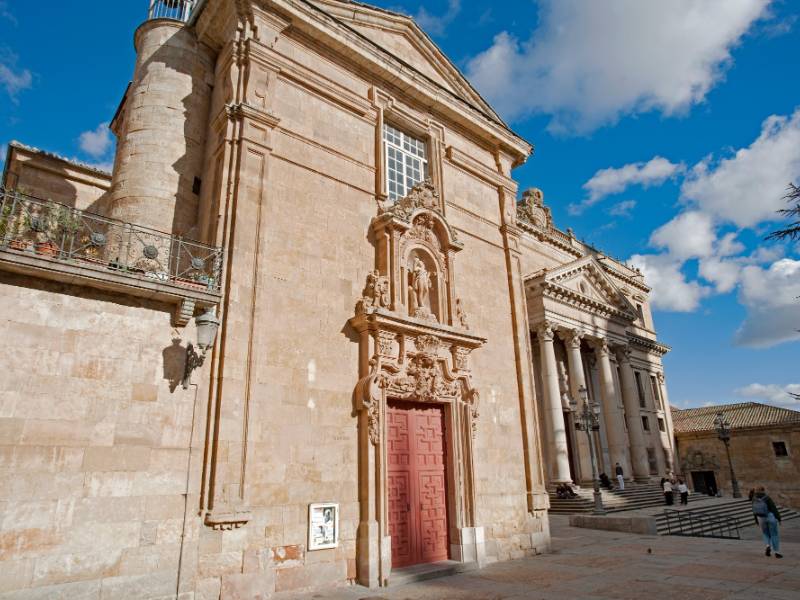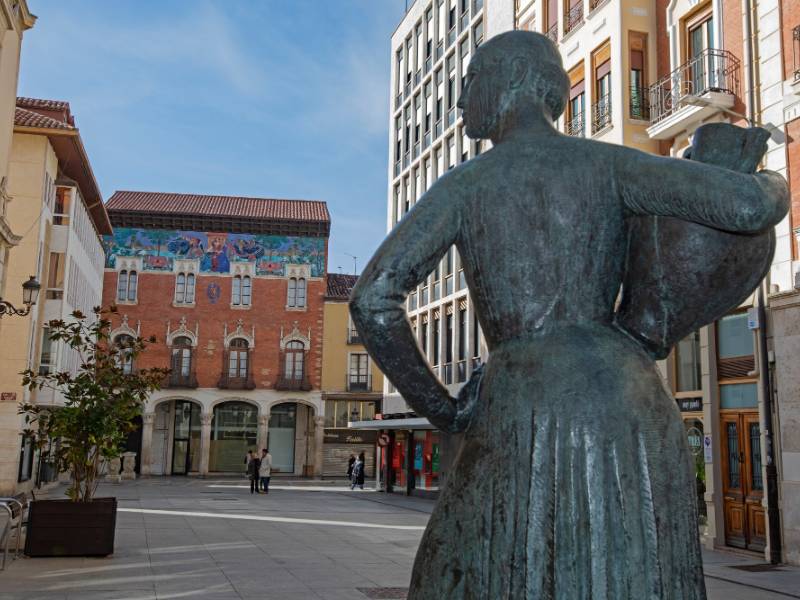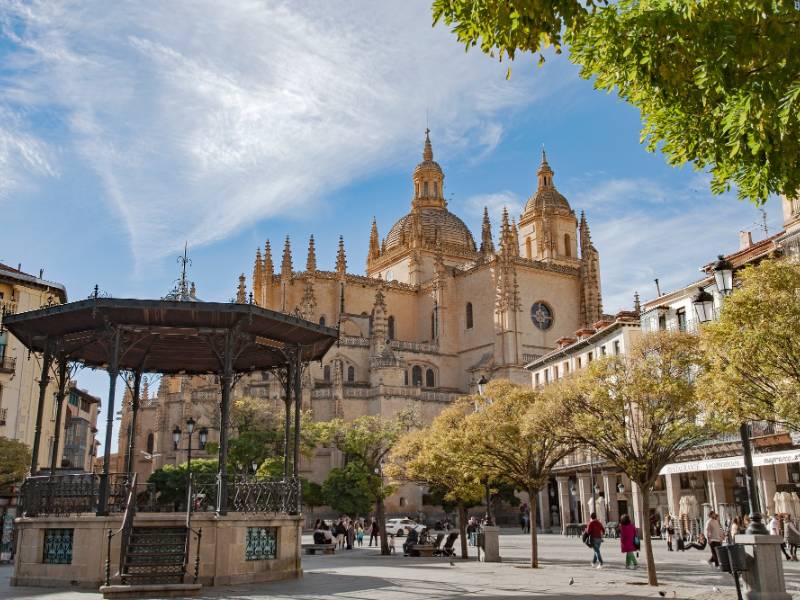Footsteps of Teresa of Ávila - Salamanca
The Saint arrived in Salamanca in 1570 and it was here that she founded her seventh convent. The House of Saint Teresa would go down in history as the place that inspired her famous utterance "I live without living in me". In 1922, under the Pro-Vice Chancellorship of Miguel de Unamuno, the University of Salamanca conferred upon her the title of Doctor Honoris Causa, making her the first ever woman to receive such a distinction.
Reference to content
What to see?
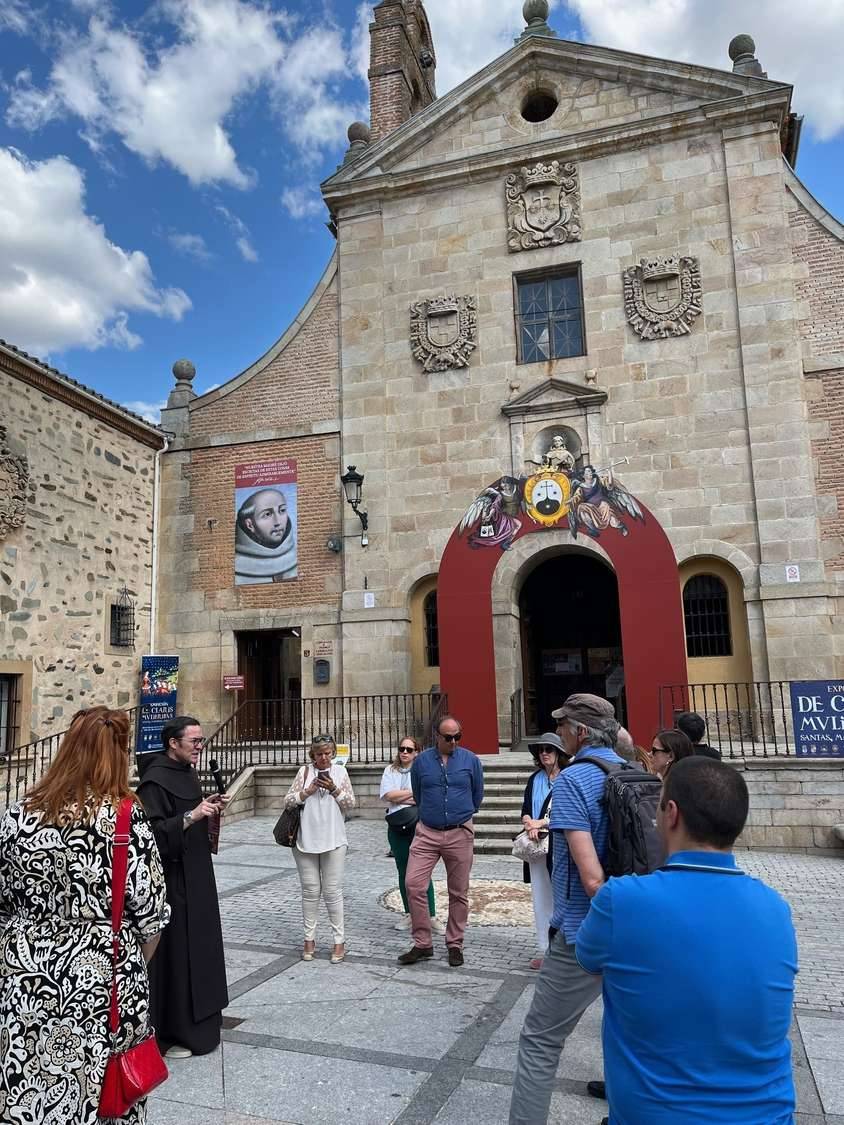 Convent of San Juan de la CruzMore information
Convent of San Juan de la CruzMore informationThe Convent of San Juan de la Cruz was completed in 1692. It is the first church and the first convent in the world dedicated to this saint and its entire structure and distribution, in convent and church,...
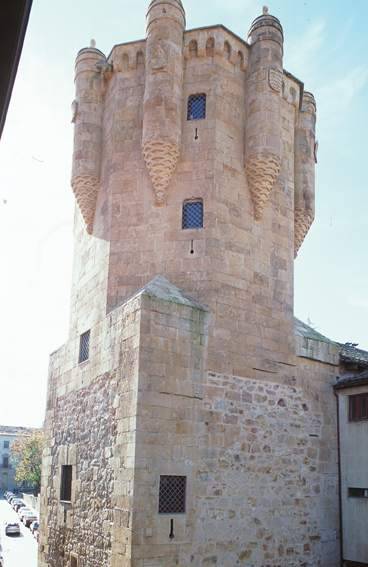 Tower of the ClaveroMore information
Tower of the ClaveroMore informationIts construction dates from the mid XV century, attributed to the key-holder of the order of Alcantara, M. Diego de Anaya and to M. Francisco de Sotomayor, whose shields are on the outside.It has a square...
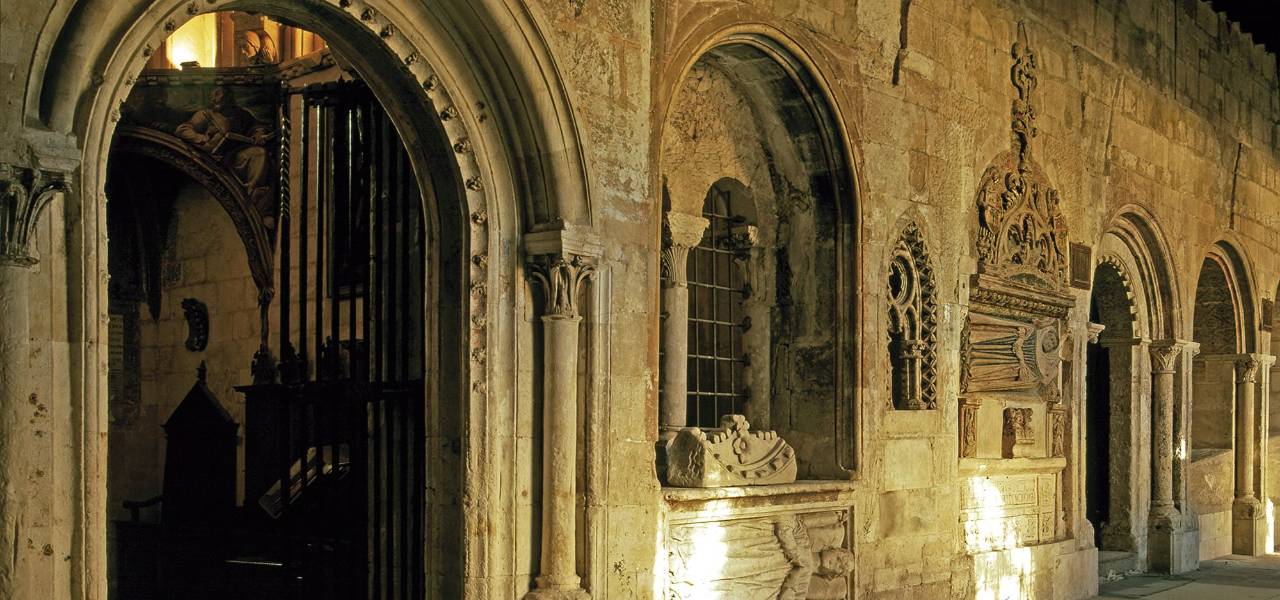 Cathedrals of SalamancaMore information
Cathedrals of SalamancaMore informationSalamanca boasts two cathedrals that stand side by side. The New Cathedral is built in the Gothic style while the Old Cathedral offers visitors the chance to admire a truly magnificent Romanesque monument.
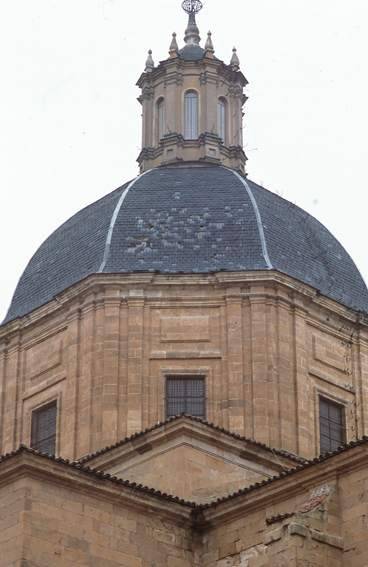 Church of the Purisima (Inmaculada de Ribera)More information
Church of the Purisima (Inmaculada de Ribera)More informationStarted in 1636, it follows the artistic norms of the Neapolitan Baroque. Particularly noteworthy is the main altarpiece, which contains a painting of the Inmaculada by José Ribera.It has five beautiful...
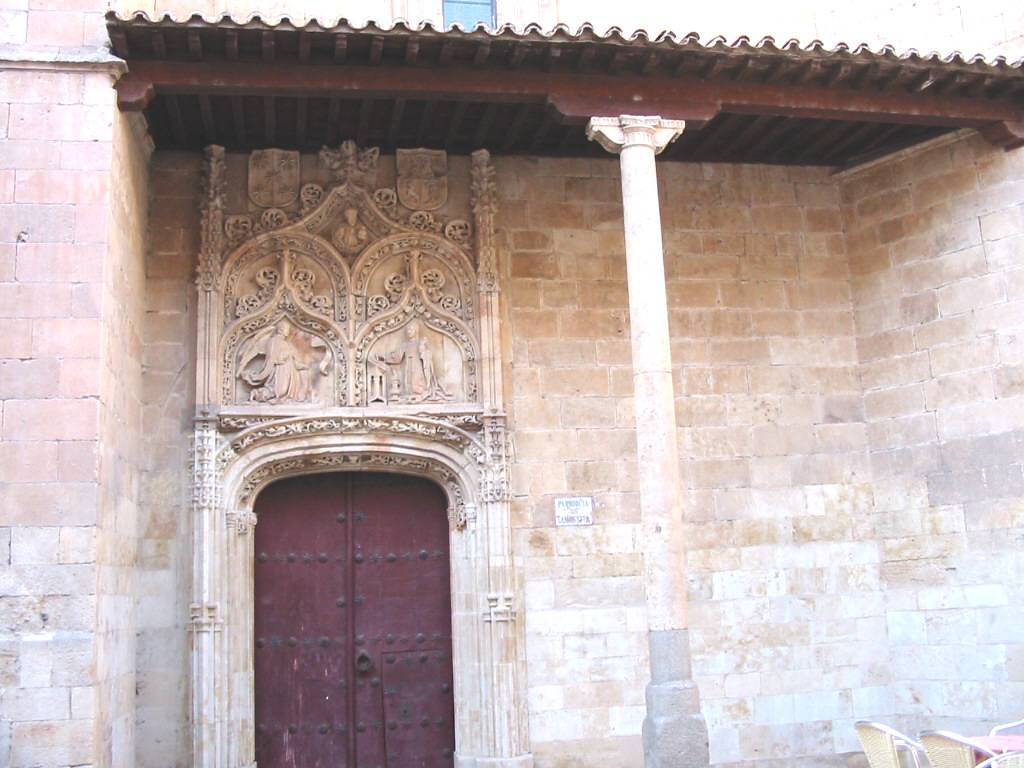 Church of San BenitoMore information
Church of San BenitoMore informationFounded in 1104, this church occupies a privileged place in the history of Salamanca because one of the factions in which the city was divided during the low Middle Ages was named after it.The present...
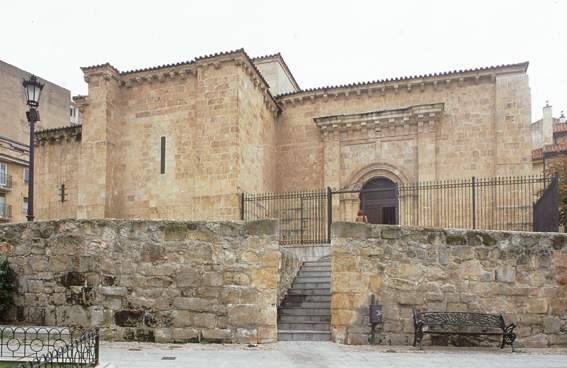 Church of San CristobalMore information
Church of San CristobalMore informationRomanesque church built in the 12th century, retouched in several different styles. On March 25th, 2000, it received the Europa Nostra Award, which acknowledges the conservation and recovery of the architectonic...
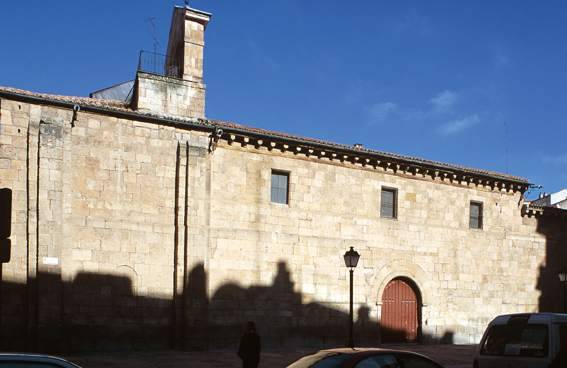 Church of San Juan de BarbalosMore information
Church of San Juan de BarbalosMore informationFounded in the mid 12th century by the Orden del Hospital (Order of the Hospice). On the outside it preserves a Romanesque apse with three narrow windows with columns and supports sculpted in the entrance...
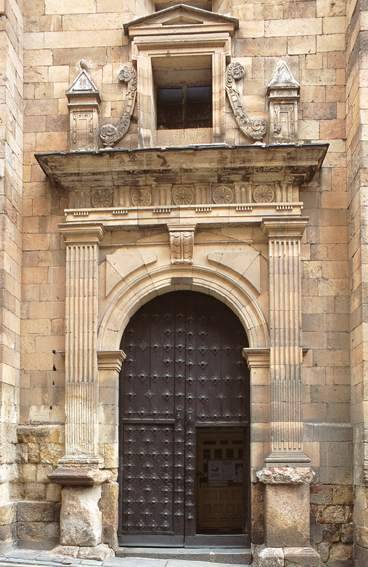 Church of San JulianMore information
Church of San JulianMore informationThe church is devoted to San Julián and Santa Basilisa. Construction is thought to have begun in the 12th century. The Romanesque north front, with its sculpted archivolts, plus some beam ends and an animal...
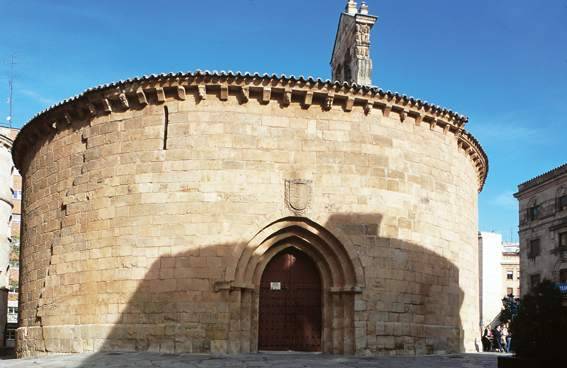 Church of San MarcosMore information
Church of San MarcosMore informationThis church has a circular ground plan and a defensive structure. Found in 1178, it contains a sculpture of the virgin dating from the 16th century.Three-nave church with semicircular apses. The pointed...

